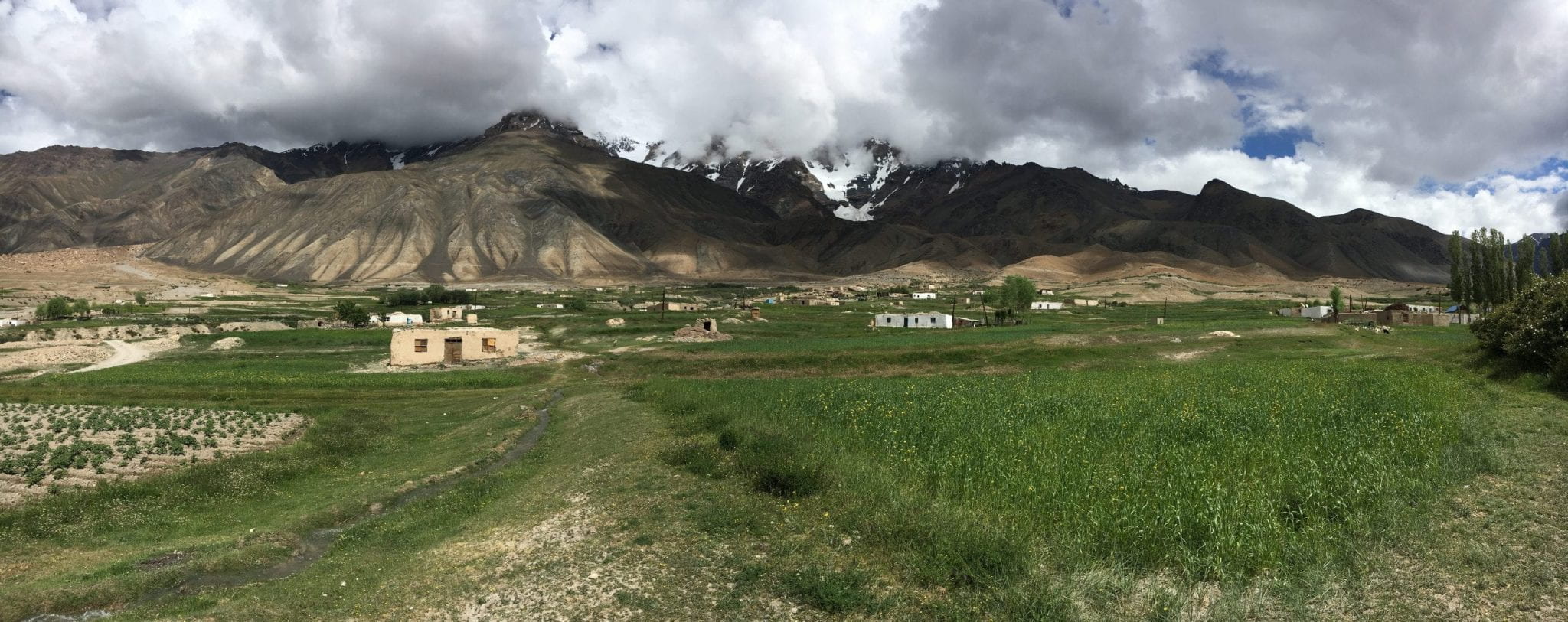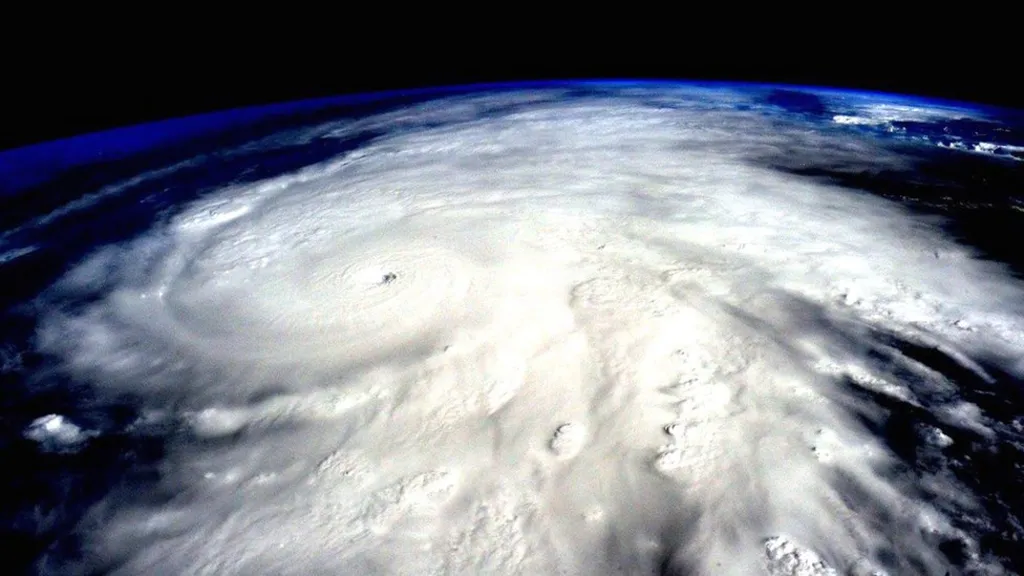In front of a sharp contradiction in the extension of green spaces between West and East Austin, To be fair, The city government has developed a tool for determining afforestation priorities accessible to all those involved in the city's environment and the health of its residents.
The green cover in an area can indicate a lot like the quality of its air, weather, and even its products. But in many places, it is an important social indicator. It may indicate the marital status, customs and income of an ethnic group.
Austin, Texas, is one of those spots. The U.S. Forest Service said the difference in tree rates between east and west was stark. Green plants shade 78% of the western part, compared to 22% in the eastern part, which has historically been home to ethnic minority communities. During the fifties of the twentieth century, The Planning Committee classified the eastern lands as "industrial", This has led to an acute shortage of green cover, affected the quality of life in the region, caused high temperatures and caused severe damage to generations of residents, It was increased by the nature of the eastern winds, which carry with them the dust and pollutants of the western part.
This reality was evident while the authorities were collecting data in implementation of the climate plan. When the first tree map was drawn in 2015, The focus was on determining where to plant them, Equity in their distribution was only a secondary consideration. As the research deepens, It was clear that the social marginalization of a group and the low percentage of green cover around their homes was evident.
Whereas, government priorities across the United States have changed in the wake of street protests demanding social justice among different races, Achieving justice has become an important focus of the Austin government's climate plan, Which continued after 2020 in a new format, involving several bodies such as the National Oceanic and Atmospheric Administration and the Centers for Disease Control and Prevention.
The new plan will transform people's lives by improving public health and containing the effects of heat islands. Focusing on the most important goal, It is to confront climate change.
To map priorities, The Community Center for the Protection of Trees began consulting with actors, farmers, students and others, The map matches survey priorities with data points such as shade rates, temperature, mental health and pollution. The regions are then classified into 5 categories according to the need for agricultural activities, namely: Low, low, medium and high priority, and maximum. It is divided by 9 data entries, They are in turn standardized to take into account the environment, social vulnerabilities, community investment, health and well-being. The authorities have made this map available to everyone, including city authorities and decision-makers. The Youth Forestry Council, Created by the authorities to offer paid training courses, help young people find environmentally friendly jobs and provide a climate for collaboration between students and specialists in natural and environmental sciences.
To understand the effects of declining trees, City authorities participated in the National Thermal Health Information System via a thermal island mapping project in Austin. The project attracted volunteers who roamed the streets in their cars carrying devices that record temperatures every few seconds. After this phase is over, Specialists used GIS to infer large-scale temperature readings, compare them from one spot to another, and then collect them into an interactive map.
The results showed that the morning period is witnessing a difference in temperatures, It rises as you approach the city center. Since cement structures absorb the heat of the sun during the day and store it to be re-spread in the evening, It turned out to be cooler on the outskirts of the city, The difference reached 7 degrees during the day and 5 degrees at night. The Municipality of Austin adopts several strategies to mitigate the effects of heat islands, Such as increasing footpaths, bus waiting points and planting trees, of various varieties, Foremost among them are rice elm, oak, and soft mes, and juniper. The latter has the most important impact, They purify the air, sequester carbon and tackle year-round flooding as an evergreen species, But at the same time, it poses a great challenge, They are the number one cause of allergies in the city.
The authorities also focused on the challenges that may be carried by agricultural pests such as oak wilt, It is a fungal disease of the root system, And beetles move it from tree to tree. Before temperatures rise, The city is preparing for the possibility of the arrival of other non-native pests such as the scarlet elm borer insect, And the one that will – if they arrive – to eliminate the elm trees completely, Which specialists address by several means such as spraying pesticides and ensuring adequate irrigation of trees.
Previous surveys had concluded that 60% of the trees planted during the last five years were concentrated in the areas of medium or most need. Today, the city is home to more than 33 million trees that annually remove about 92,000 tons of carbon dioxide and more than 1,200 tons of pollutants and save about $19 million in energy costs.
In the case of Austin, Trees help protect people from storms, droughts and floods. Its roots absorb rainwater and prevent soil erosion, The tips of its leaves also reduce the arrival of raindrops to the ground, It protects the soil from erosion.
As for the community, The Youth Council allows knowledge sharing, setting afforestation priorities and promoting a culture of equity and public health.
Of course, Green cover brings countless benefits, Starting with air purification, Through increasing shaded areas and achieving moderate temperatures, It is not only about increasing the external activities of the population and raising the quality of their lives.
References:






